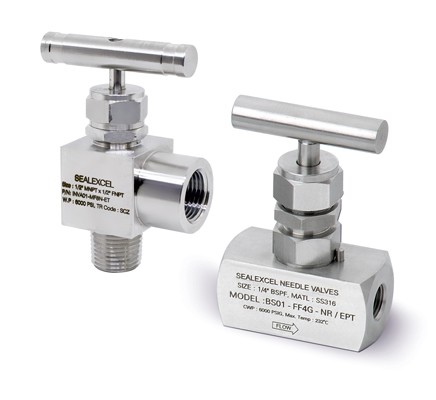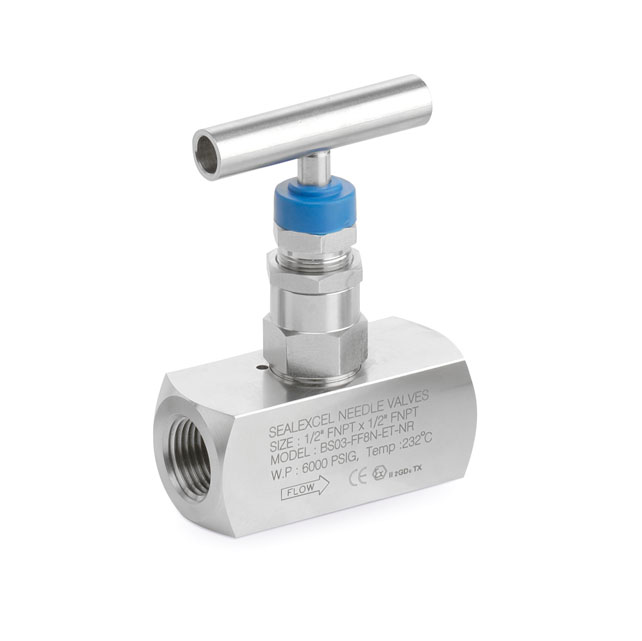An Introduction to the Development of Valves
June 30, 2015Needle valves are fittings which are designed with a slender and tapered point at the end of its valve stem. This is the valve’s stem which is actually lowered right through the seat, to block or restrict the flow.
Needle valves are used to ensure that the fluid passes through the valve, and actually turns 90 degrees before it passes through an orifice which serves as the seat. This seat comes with a rod having a cone shaped tip. The valves are actually used to regulate the actual flow of liquids as well as gases, at rates which are set at a low flow.
The fine threading design of the needle valve stem, along with its large seat area, ensures that precise resistance will follow. These valves are used to control and check the flow of liquid and gases into the delicate gauges of the system, which are at a high risk of suffering damage if subjected to extreme pressure.
These valves are also utilized in industrial equipment, where the flow needs to be brought to a final halt. They are also utilized where a precise adjustment of the flow is considered essential, or wherever a small and controlled flow is needed. These valves can easily be used as both on and off valves, along with the use in a system for throttling service.
Difference Between A Flow Control And Needle Valve
Both of these fittings are used to control and reduce the flow of air in the leg of a pneumatic circuit. This results in slowing down the actuator speed. While the basic function of both the fittings is flow restriction, the main difference is that the needle valve controls the flow of liquid or gas in both directions, while the flow control valve only ensures control in one direction only.
The needle valve is bi directional, while the flow control is one directional only. In both the fittings, there is a finely threaded stem, which allows the gradual adjustment of the quantity of controlled flow, which passes through the valve. This controlled flow enters the input port and travels through the orifice, which is actually sized by the tapered stem, and out through the output port.
The flow control fitting actually features a simple by pass feature, which is then allowed to ensure a rapid and free flow, out from the output port of the fitting, by means of the input port.
Two types of flow control fittings are used for the purpose of selection and placement, within a carefully designed electric circuit and which in turn greatly affects the overall functions of an actuator.
A meter out valve is a very common type of flow control fitting, which is used to control the actual exhaust flow being emitted by an actuator. While a meter in flow is a fitting which is used to restrict the overall flow of actuator. It is also termed as reverse flow control.
Before a needle valve or a flow control fitting is chosen for a system, it is imperative that you assess the flow rate requirements of your pneumatic circuit. for more information please visit us at sealexcel.com



